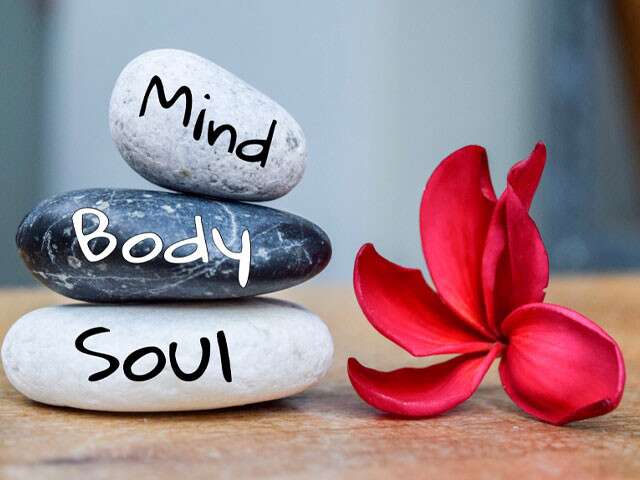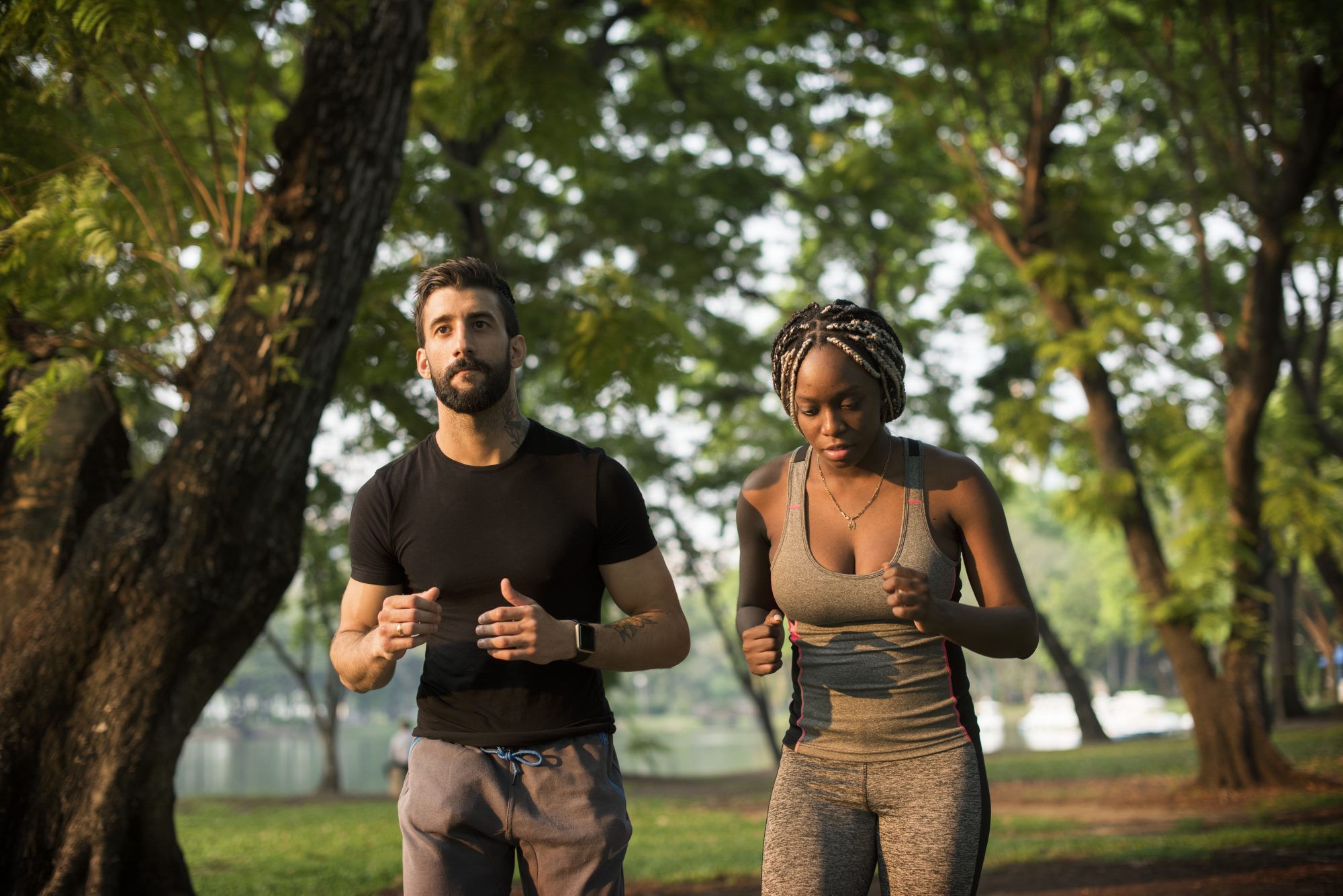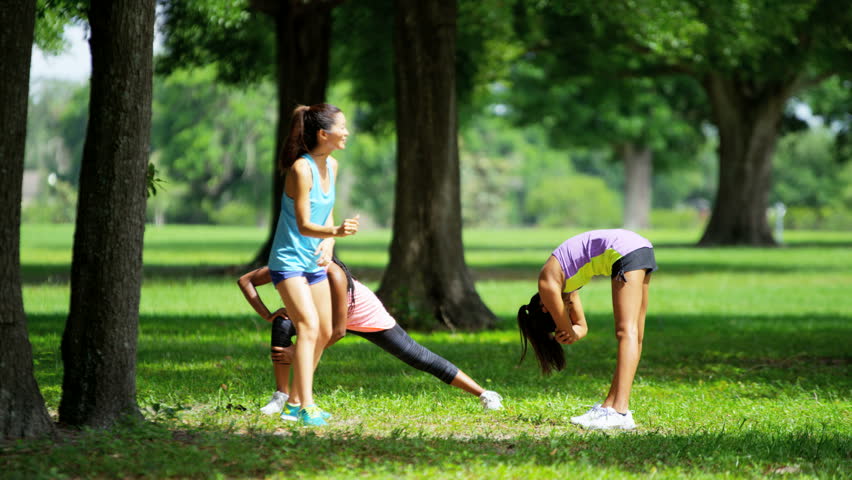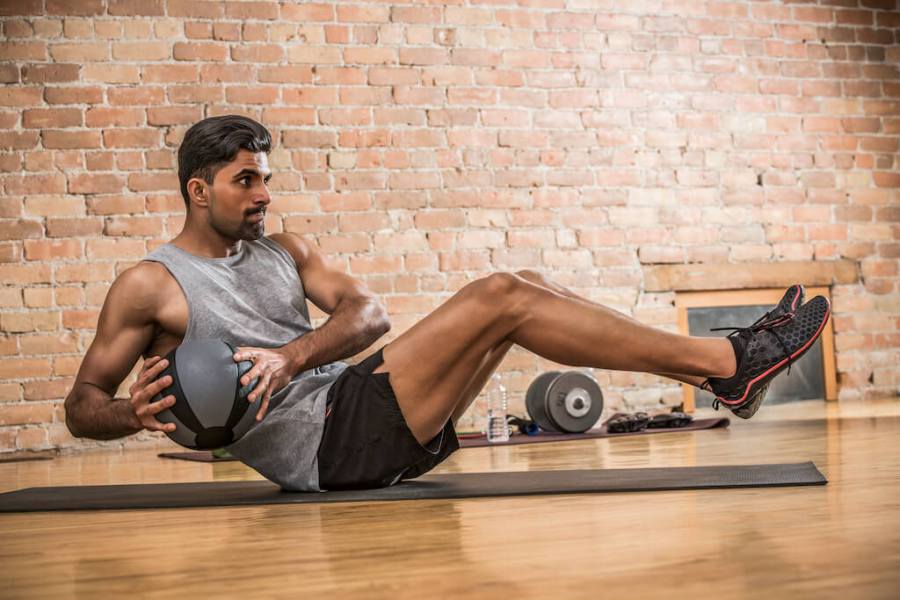Discuss the impact of aging and life stages on exercise performance and health outcomes.
Explore how aging affects exercise performance and health. Get valuable tips for staying fit as you age Aging and Exercise Performance
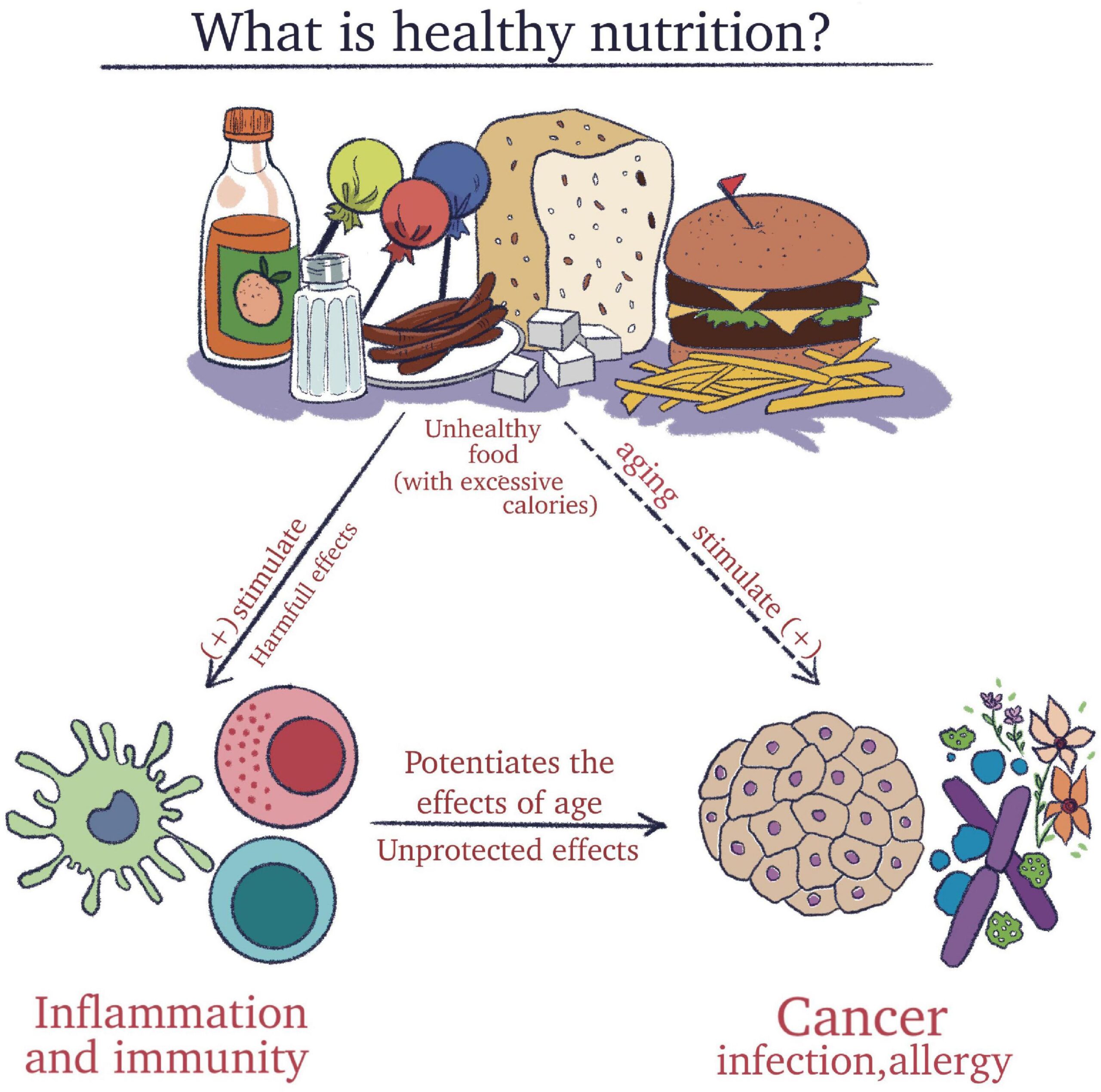
Aging is a natural and inevitable part of the human life cycle, and it significantly influences exercise performance and health outcomes across the various life stages. These impacts are complex and multifaceted, with both physiological and psychological factors at play. Understanding how aging affects exercise and health is crucial for individuals looking to maintain or improve their well-being as they age.
1. Physiological Changes
a. Muscle Mass and Strength: One of the most noticeable changes associated with aging is the gradual loss of muscle mass and strength, known as sarcopenia. This decline can begin as early as the mid-30s and accelerates with age. Reduced muscle mass can lead to decreased exercise performance and functional limitations.
b. Cardiovascular Health: Aging is also associated with changes in the cardiovascular system. There is a natural decline in maximal heart rate, cardiac output, and arterial elasticity. These changes may affect exercise capacity and increase the risk of cardiovascular diseases.
c. Bone Density: Bone density tends to decrease with age, increasing the risk of osteoporosis and fractures. Weight-bearing exercises, such as walking and resistance training, become increasingly important to maintain bone health.
d. Metabolism: Metabolic rate typically decreases with age, which can lead to weight gain and a higher risk of obesity-related health issues. Regular exercise can help mitigate this decline by promoting muscle mass and boosting metabolism.
2. Psychological and Lifestyle Factors:
a. Motivation and Mental Health: Aging can influence motivation to exercise, often due to factors such as depression, anxiety, or a decreased sense of self-efficacy. Maintaining mental health and a positive attitude toward exercise is crucial for adherence.
b. Socioeconomic Status: Access to exercise facilities and resources can be influenced by socioeconomic factors. Lower income and limited access to fitness options may hinder exercise opportunities for some older individuals.
3. Life Stages:
a. Early Adulthood: This stage is characterized by peak physical performance and an opportunity to establish lifelong exercise habits. However, career and family responsibilities can sometimes compete with exercise time.
b. Middle Adulthood: Muscle mass and strength start to decline, making regular exercise more important for maintaining health and mobility. Chronic conditions like heart disease and diabetes may become more prevalent.
c. Late Adulthood: Mobility and independence can be greatly impacted by aging-related changes. Staying physically active can help older adults maintain functional independence and reduce the risk of falls and fractures.
4. Exercise Recommendations:
a. Aerobic Exercise: Aerobic activities like walking, swimming, and cycling are beneficial for cardiovascular health and weight management. It's recommended that older adults engage in at least 150 minutes of moderate-intensity aerobic exercise per week.
b. Strength Training: Resistance training exercises, including weightlifting and bodyweight exercises, help counteract muscle loss and improve bone density. At least two days of strength training per week are advised.
c. Flexibility and Balance: Incorporating stretching and balance exercises can reduce the risk of falls and improve mobility.
5. Health Outcomes:
a. Regular exercise in older adults can lead to improved cardiovascular health, enhanced muscle strength and endurance, better bone density, reduced risk of chronic diseases, and improved mental well-being.
b. Physical activity can also help mitigate age-related cognitive decline and reduce the risk of neurodegenerative diseases like Alzheimer's.
In conclusion, the impact of aging on exercise performance and health outcomes is significant, but it can be mitigated and even reversed to some extent through regular physical activity. Tailoring exercise programs to individual needs and abilities and considering the specific challenges and opportunities of each life stage is essential for maintaining and improving overall health and well-being as we age. Additionally, seeking guidance from healthcare professionals and fitness experts can provide valuable insights and support for aging individuals looking to
6. Exercise Adaptations with Age:
a. Intensity and Duration: As individuals age, they may need to adjust the intensity and duration of their exercise routines. High-intensity workouts might become more challenging, so they may opt for lower-intensity, longer-duration activities like brisk walking instead of running.
b. Recovery: Older adults might require more time for recovery between exercise sessions. Adequate rest and proper nutrition become increasingly important to support muscle repair and overall recovery.
c. Pain and Injury Risk: Aging can lead to a higher risk of joint pain and injury. It's crucial to engage in exercises that minimize impact on joints, such as swimming or using elliptical machines, and to incorporate proper warm-up and cool-down routines.
7. Social and Community Aspects:
a. Social Connection: Engaging in group fitness classes or activities can provide social interaction and a sense of belonging, which is essential for mental well-being in older adults.
b. Community Resources: Many communities offer senior fitness programs or events tailored to older individuals, providing opportunities for exercise, socializing, and education about healthy aging.
8. Monitoring and Health Assessment:
a. Regular Check-Ups: Older adults should undergo regular health check-ups and assessments to identify and manage any underlying health conditions. This helps tailor exercise programs to individual needs and ensures safety.
b. Tracking Progress: Keeping track of fitness progress can be motivating for older individuals. Tracking metrics like heart rate, strength, flexibility, and balance can help set and achieve realistic fitness goals.
9. Nutrition and Hydration:
a. Dietary Considerations: Proper nutrition becomes increasingly important as the body's metabolic rate slows down. Older adults should focus on a balanced diet rich in nutrients like calcium, vitamin D, and protein to support bone health and muscle maintenance.
b. Hydration: Aging can reduce the sensation of thirst, making it important for older individuals to consciously drink enough water, especially before, during, and after exercise.
10. Safety Precautions:
a. Medical Clearance: It's advisable for older adults to consult with a healthcare provider before starting a new exercise program, especially if they have pre-existing medical conditions.
b. Proper Equipment: Ensuring that exercise equipment and clothing are appropriate and well-fitted can reduce the risk of accidents and injuries.
11. Adherence and Lifestyle Integration:
a. Incorporating Exercise: Older adults should aim to make exercise a regular part of their daily lives. This might involve integrating physical activity into daily routines, such as walking instead of driving for short trips.
b. Accountability: Having a workout partner, joining fitness classes, or hiring a personal trainer can help maintain motivation and accountability.
12. Benefits of Exercise in Aging:
a. Improved Quality of Life: Regular exercise can lead to a higher quality of life in older adults, enhancing physical function, emotional well-being, and cognitive function.
b. Longevity: Research consistently shows that regular physical activity is associated with increased life expectancy and a reduced risk of premature death.
In summary, the impact of aging on exercise performance and health outcomes is a complex interplay of physiological, psychological, and lifestyle factors. While aging does present certain challenges, individuals of all ages can benefit from regular exercise, provided that they adapt their routines to their changing needs and circumstances. By staying active, making necessary adjustments, and seeking support when needed, older adults can promote longevity, independence, and an overall higher quality of life as they age.
13. Cognitive Benefits:
a. Memory and Brain Health: Regular exercise has been linked to improved cognitive function and a reduced risk of cognitive decline. This is especially relevant as individuals age and face a greater risk of conditions like dementia and Alzheimer's disease.
b. Mood and Stress Reduction: Exercise stimulates the release of endorphins, which can help alleviate symptoms of depression and reduce stress levels. This is crucial for mental well-being as people age, as they may encounter increased life stressors.
14. Sleep and Recovery:
a. Sleep Quality: Aging can often be associated with changes in sleep patterns. Engaging in regular exercise can improve sleep quality, which is essential for overall health and vitality.
b. Recovery and Regeneration: Adequate sleep and rest are vital for recovery after exercise. Older adults should prioritize sleep to support muscle repair and reduce the risk of injury.
15. Personalized Exercise Programs:
a. Tailored Workouts: Exercise programs should be individualized to accommodate a person's fitness level, goals, and any existing health conditions. A personalized approach can help maximize benefits and minimize risks.
b. Progressive Overload: Gradually increasing the intensity, duration, or complexity of workouts is essential for continued improvement. Progressive overload ensures that the body keeps adapting positively to exercise.
16. Social and Emotional Well-Being:
a. Social Interaction: Engaging in group activities or team sports can provide social support and a sense of belonging, which can be especially important for older adults who may experience increased social isolation.
b. Positive Self-Image: Regular exercise can boost self-esteem and body image, promoting a positive outlook on aging and self-worth.
17. Overcoming Barriers:
a. Financial Constraints: Lack of financial resources can be a barrier to exercise for some older adults. Exploring low-cost or free community fitness options, home workouts, or budget-friendly fitness equipment can help overcome this obstacle.
b. Time Management: Balancing exercise with other responsibilities can be challenging. Setting aside dedicated time for physical activity and prioritizing health is essential.
18. Support Systems:
a. Family and Caregivers: Family members and caregivers can play a crucial role in supporting older adults in their exercise endeavors, whether it's by providing encouragement or assistance.
b. Healthcare Professionals: Physicians, physical therapists, and fitness trainers with expertise in geriatrics can offer guidance on exercise programs tailored to an individual's unique needs and health considerations.
19. Lifelong Learning:
a. Education: Staying informed about the latest research and recommendations regarding exercise and aging can empower older adults to make informed decisions about their health and fitness.
20. Enjoyment and Sustainability:
a. Choosing Activities Wisely: Opting for physical activities that are enjoyable and sustainable over the long term increases the likelihood of adherence and continued health benefits.
b. Mindful Aging: Recognizing that aging is a natural process and embracing it with a positive attitude can contribute to a healthier, more fulfilling life.
In conclusion, aging presents both challenges and opportunities when it comes to exercise and health outcomes. By understanding how aging impacts the body and mind and by making informed choices about exercise, nutrition, and lifestyle, older adults can optimize their well-being throughout their life stages. Regular physical activity remains a cornerstone of healthy aging, providing numerous physical, mental, and emotional benefits. Embracing these benefits and making exercise a lifelong habit can lead to a happier, healthier, and more active life as individuals age.
What's Your Reaction?








